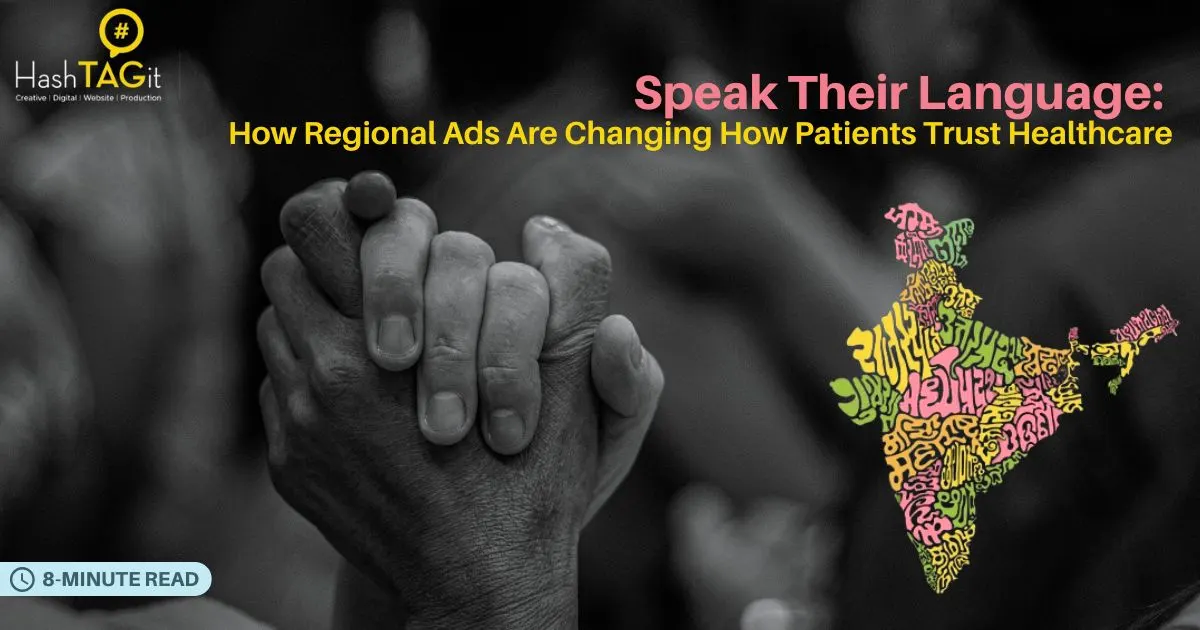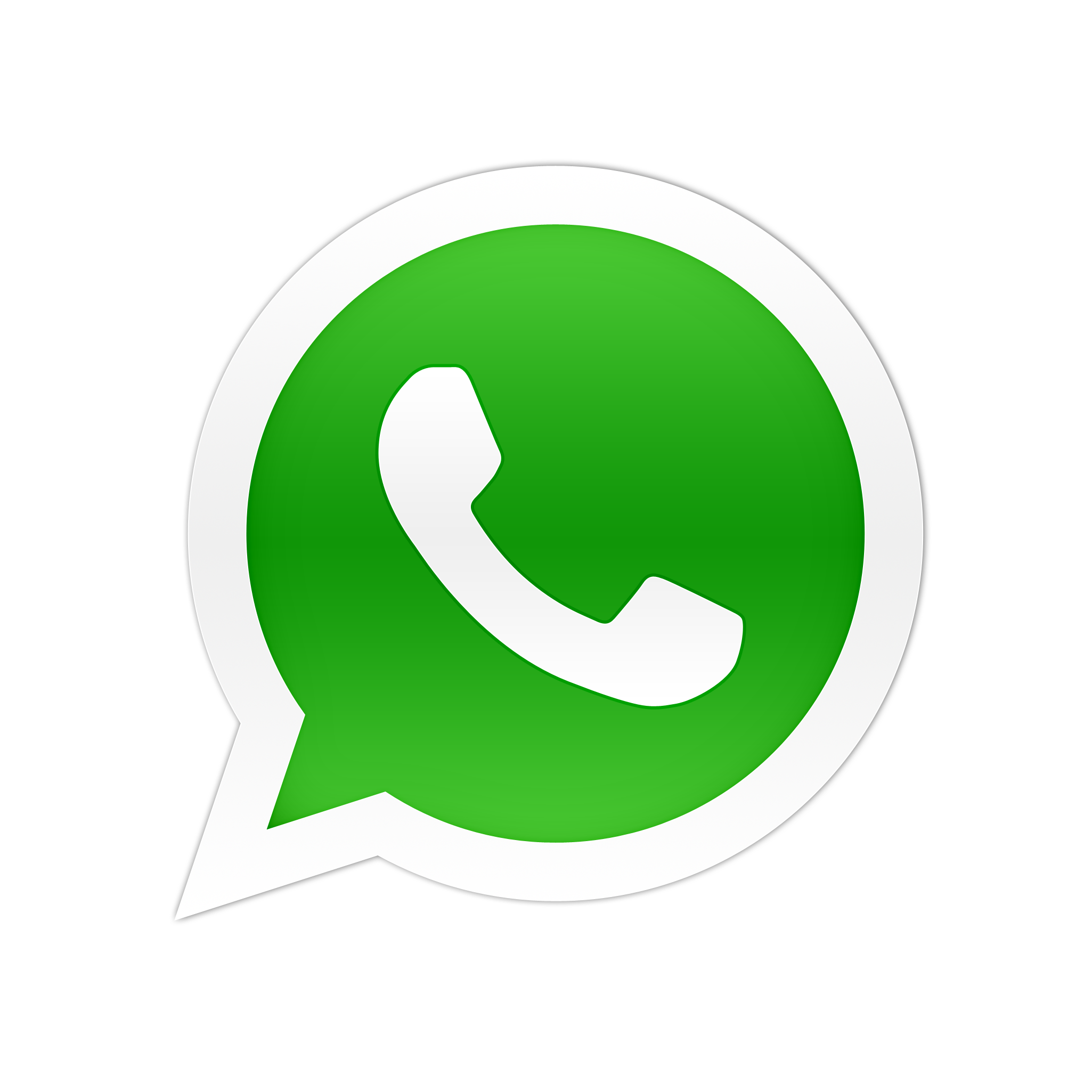
Speak Their Language: Regional Ads Are Changing How Patients Trust Healthcare
Trust isn't just a number in the sterile, often scary world of healthcare; it's the foundation of the whole patient journey. When a patient goes to a clinic or hospital, they don't just have a problem; they also have a lot of anxiety and need to be reassured.
For a long time, the main language of healthcare marketing in India has been English. It is the language of business, medicine, and school. But is it the language of faith?
The answer is a clear no.
Let’s learn how Regional Language Ads Are Driving Patient Trust!
Picture an older person in Pune looking through their phone and worrying about a cough that won't go away. They get a lot of slick English ads for cutting-edge clinics. The words are strange and the tone is cold. Then, they see a short video ad. A doctor speaks in clear, comforting Marathi to explain why it is important to get a check-up. The connection happens right away. The barrier of jargon goes away. It's not just an ad; it's a call to trust.
This is the big change that is happening in healthcare marketing right now. Hospitals, clinics, and health-tech platforms are learning a powerful but surprisingly simple truth: to get a patient to trust you, you have to speak their language. Advertising in regional languages is no longer just a niche strategy; it's becoming the most important part of getting new patients in a way that is kind, effective, and has a high return on investment.
The Trust Deficit: When Communication Gets in the Way
It's strange how healthcare works these days. We can get more information than ever before, but it seems harder than ever to really understand it. The relationship between doctors and patients, which used to be a strong part of the community, has become strained by busy schedules, digital interfaces, and a flood of complicated medical terms.
Advertising that focuses on English works for some urban groups, but it makes the gap even bigger for most Indians. The old model isn't working because:
- It assumes that everything is the same: India is not a single entity. There are huge differences in culture and language between Mumbai and Madurai and between Kolkata and Kochi. An English ad that tries to be everything to everyone feels cold and corporate, and it doesn't connect with the people in the area.
- It Makes Decision-Makers Feel Alone: In a lot of Indian families, the children of older people make decisions about their health care. These children may speak English well. But the patient—the person who is having the symptoms and the fear—often feels left out of the conversation if it isn't in their first language.
- It Doesn't Resonate: Trust is a feeling. The mother tongue is the language of feelings, comfort, and home. When a healthcare provider speaks in a common language, they are not only giving information; they are also showing that they care, respect, and understand other cultures. It says, "We see you." We get you.
The Mental Power of the Mother Tongue
Regional language ads will always trigger patient trust. But, why does it feel so different to hear a message in your own language? Cognitive science has the answer.
When we get information in our mother tongue, it's easier for our brains to process. Because our brains don't have to work as hard to translate and understand, the message feels more natural, familiar, and, most importantly, more true. It's like reading a technical manual and having a friend you trust tell you how something works.
This is a big deal for healthcare. When an ad for a complicated procedure like knee replacement surgery or IVF treatment is shown in Tamil or Bengali, it does more than just tell people about it. It makes things clear. It changes a scary, clinical process into a journey that is easier to understand and handle. This change from fear to familiarity is what makes patients trust you.
Breaking Down Barriers: How Vernacular Ads Affect the Real World
The shift to ads in regional languages isn't just an appealing thing to do; it's having real effects on all parts of the healthcare system.
1. Opening up Tier-2 and Tier-3 markets
The next big thing in Indian healthcare will happen outside of the big cities. Digital use is high in cities like Lucknow, Indore, and Coimbatore, but not everyone speaks English. Hospitals that run targeted ads in Hindi, Marathi, or Kannada are getting a lot more calls and appointments from these areas that they hadn't been able to reach before. They are talking to patients who have always needed help but never got it directly.
2. Making complicated health issues easier to understand
Think about a public health campaign to help people with diabetes. An ad in English might list symptoms and tell people to get a blood test. A regional ad, on the other hand, can use culturally appropriate comparisons for diet, include local ways of life, and have a character who looks and sounds like a neighbour. This hyperlocal approach makes the message stick, which leads to proactive check-ups instead of reactive treatments. It's the difference between a warning and helpful advice.
3. Creating a Brand of Empathy
A hospital's brand is what sets it apart from the rest of the market. A healthcare provider builds a brand image of being accessible, caring, and community-focused by investing in local content. This will pay off in the long run. When a family has to pick a hospital for a big event, like having a baby or having surgery, they will remember the brand that spoke to them in their own language with respect and warmth.
The Art of Transcreation: More Than Just Translation
Just hitting "translate" on an English ad is a sure way to fail. The best regional campaigns use "transcreation," which is the process of changing a message from one language to another while keeping its meaning, style, tone, and cultural context.
To do transcreation well, you need to:
- Cultural Nuances:Knowing how to use local sayings, proverbs, and social norms. A picture or phrase that is harmless in one culture might be rude in another.
- Local Imagery:Using pictures that show the people and places in the area. When you see people and places you know in an ad, you feel like you belong right away.
- Tone and Voice: A campaign in Punjab might be strong and straightforward, while one in West Bengal might be more subtle and creative. The voice has to fit with the local culture.
This means working with native speakers and local marketing experts who not only speak the language but also understand the culture.
The decision: Hyperlocal is the future of healthcare marketing.
The information is clear. Brands that have switched to regional advertising say they get more clicks (CTR), pay less for each lead (CPA), and, most importantly, get a lot more qualified patient leads.
Today, any hospital administrator, clinic owner, or healthcare marketer in India should not be asking themselves "if" they should use a regional language strategy, but "how" quickly they can do it well.
If you don't pay attention to the vernacular, you're missing out on most of your potential patients. You should be building a bridge, not a wall. In the business of healing, communication can't get in the way; it has to be the cure. Healthcare providers can finally close the trust gap and build lasting relationships by using all of India's different languages, one patient, one conversation, and one mother tongue at a time.
Are you ready to start talking to your patient in their language?
